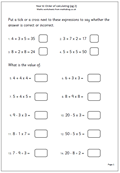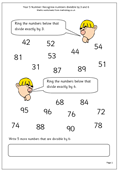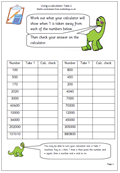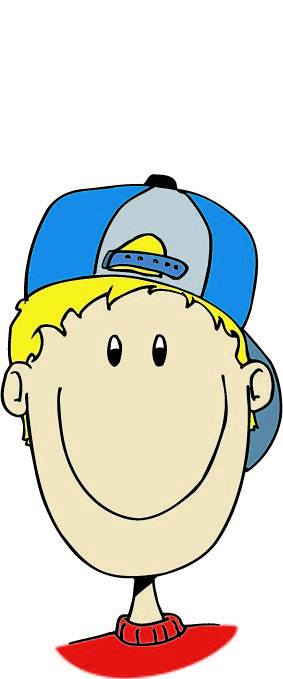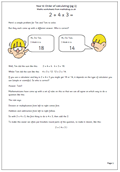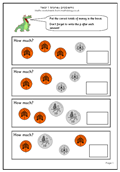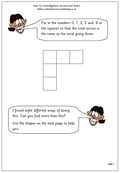 Fractions and decimals are two of the sticking points in maths, but here we have a maths worksheet which neatly combines the two, showing the equivalence between fractions and decimal fractions. Many children do not realise the link between a digit written after the decimal point and a fraction i.e. 0.2 is the same as 2/10.
Fractions and decimals are two of the sticking points in maths, but here we have a maths worksheet which neatly combines the two, showing the equivalence between fractions and decimal fractions. Many children do not realise the link between a digit written after the decimal point and a fraction i.e. 0.2 is the same as 2/10.
One way to show this is to use the fraction as a division sum. 2/10 can be seen as 2 divided by 10. Do this on a calculator to get 0.2. Also remember, to divide by ten mentally, just move each digit one place to the right, putting in the decimal point if moving from units to tenths.

